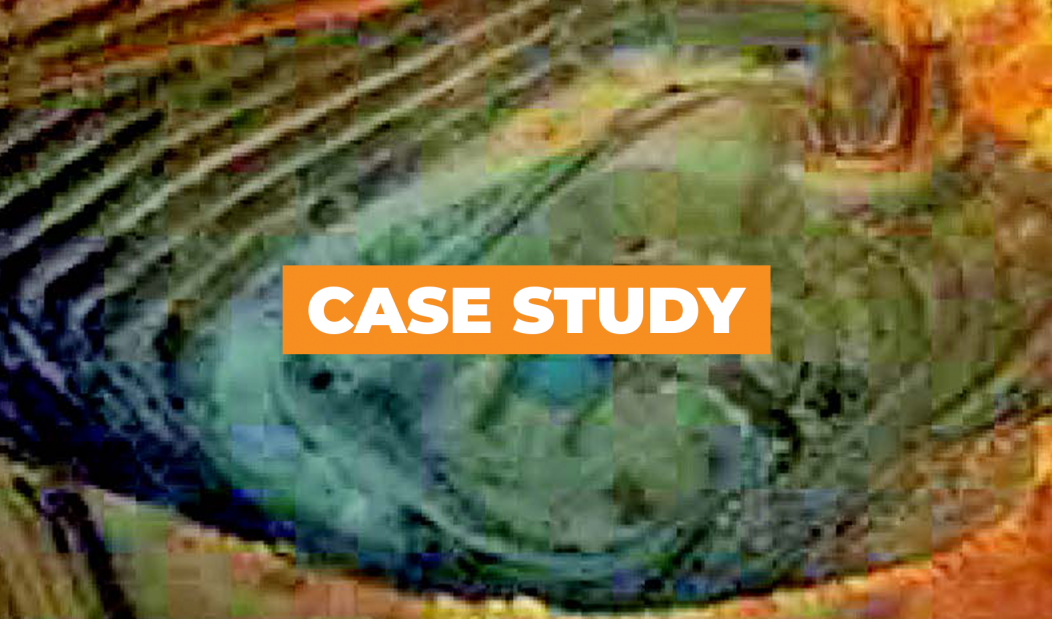Slope Stability Radar (SSR) at Debswana’s Major Open-Cut Mines

SSR AT DEBSWANA’S MAJOR OPEN-CUT MINES
Pit slope stability has been identified as one of Debswana’s business risks, hence the adoption of the SSR across all its major open-cut pits.
JWANENG MINE
Jwaneng Mine was the first site in Botswana to acquire the Slope Stability Radar (SSR™) and the second within the De Beers group. The SSR was first installed at the Jwaneng on July 25th 2005.
The implementation of the SSR enabled the mine to ensure that more of the ground and slope failures were constantly monitored and controlled. Controlling failures meant that Jwaneng could minimise and prevent injuries to personnel as well as any potential damage to company property such as shovels, drill rigs, haul trucks and dozers. The implementation of the SSR at Jwaneng Mine also prevented flattening of the slope angles which has resulted in less waste removal and substantial savings.
With time, the mine expects the SSR will also help increase the overall slope angles of the mine. The mine recognises that the cost of the SSR is expensive, but it also accepts that the value it adds easily offsets the cost to the operation through safety, productivity and mine design.
ORAPA MINE
Orapa has also seen major benefits from the use of the system. Orapa first acquired the SSR in July 2006 to monitor an area that posed major concerns on the safety of people and the production aspect of the mine. Orapa had been concerned with that wall since September 2005 and was uncertain whether to continue mining in the area.
This caused many productivity delays and after consultation with all the affected parties, a decision was made to mine out and stabilise the area. Under the watchful eye of the SSR, and without ever compromising the safety of personnel or the equipment used, the area was cleaned and drilled.
During the drilling period, the SSR was sending warning alarms when movement exceeded alarm threshold limits. When this occurred, equipment would be moved and then brought back when the area stabilised.
A few months later, the area was successfully blasted and loading and hauling commenced. It was during this time that the SSR began to set-off alarms, warning of the impending failure, and giving the Geotechnical Engineer enough warning to stop all activities to move personnel and the shovel to a safer position.
The SSR system has proven to Orapa that it is a system that can be relied on to achieve its safety goals and production targets.

